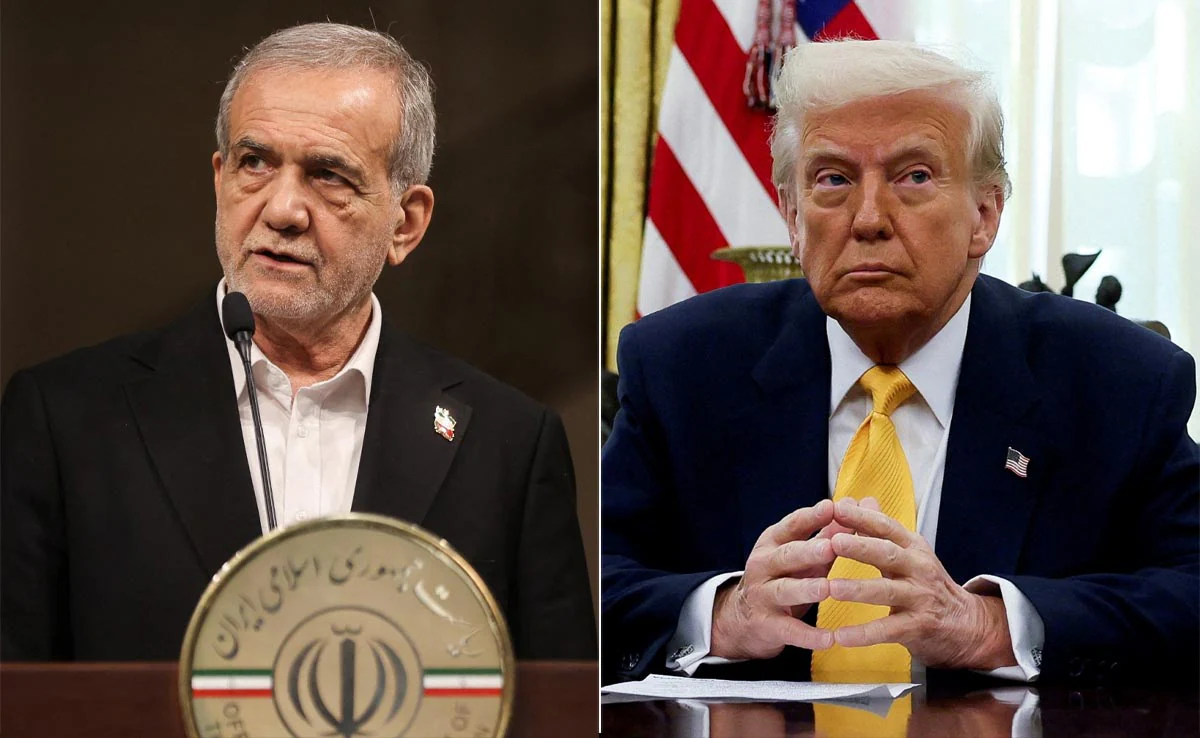While the spokesperson for Iran’s Foreign Ministry stated during a weekly press conference on Monday that no indirect negotiations between Tehran and Washington had yet begun, hours later, another press conference—featuring U.S. President Donald Trump on one side and his guest, Israeli Prime Minister Benjamin Netanyahu, on the other—suddenly announced that direct talks between Iran and the U.S. had commenced. Trump revealed that the two sides would hold high-level negotiations this coming Saturday. His remarks, which even seemed to catch Netanyahu off guard, sent ripples through diplomatic and media circles. The impact was so immediate that a France 24 correspondent tweeted that a direct meeting between Donald Trump and Masoud Pezeshkian in Riyadh was imminent!
The Negotiators
According to reports from Iranian media outlets with ties to security circles, Iran’s Deputy Foreign Minister Abbas Araghchi is set to meet with U.S. Special Envoy for the Middle East Steve Witkoff in Muscat this Saturday, hosted by Omani Foreign Minister Badr al-Busaidi.
Ambiguities Surrounding the Talks
In recent days, some Iranian media outlets had speculated about unofficial, secret talks, between Mohammad Javad Zarif (Iran’s former foreign minister and Pezeshkian’s resigned deputy) and American counterparts in a regional country. Zarif dismissed these claims as “April Fool’s-level lies.” However, Trump’s statements suggest serious behind-the-scenes diplomatic groundwork has been laid, paving the way for Iran’s foreign minister to participate directly this Saturday.
That said, Iran maintains that the Muscat talks will remain indirect—unless the U.S. responds favorably to Tehran’s “generous proposals” in the first round, after which future negotiations could transition to direct engagement.
Iran’s foreign minister has emphasized that “the ball is now in America’s court,” implying that Washington must decide—likely referring to Iran’s written response to Trump’s letter, which outlines Tehran’s terms for negotiations and a potential agreement.
The Stakes for Both Sides
Unlike the Obama-era negotiations that led to the JCPOA, the current landscape has shifted dramatically.
Internationally, Trump’s policies mark a stark departure from his predecessors. He seeks to end the Ukraine war, broker peace between Kyiv and Moscow, push North Korea toward denuclearization in exchange for normalized relations, and advance a two-state solution for Palestine (excluding Hamas). Regarding Iran, his strategy combines maximum pressure with a push for a deal that normalizes relations while curbing Tehran’s influence.
Regionally, Iran’s position has deteriorated rapidly over the past year. Once a dominant force via its “Axis of Resistance” proxies, Tehran now faces near-total disarmament in Syria, significant losses in Lebanon and Palestine, and intense pressure on its proxies in Iraq and Yemen. The regional balance of power—particularly the leverage of fear Iran once wielded—has tilted decisively against it.
Domestically, Iran grapples with a collapsing economy (the rial at historic lows), unresolved political crises, and mounting public discontent, leaving Tehran in its most vulnerable state yet.
The Path Ahead
For Tehran, a cautiously optimistic takeaway is Trump’s apparent eagerness for a new deal—one that eases sanctions and reduces tensions. The critical unknown, however, is the scope of his demands. Will he settle for a JCPOA-style agreement solely limiting Iran’s nuclear program? That would be Tehran’s best-case scenario.
But if Trump’s terms extend beyond nuclear constraints—demanding concessions on regional influence, missile programs, or proxy networks—the path to a deal grows fraught. Iran would face a stark choice: either retreat from long-held policies (a humiliating reversal) or dig in, risking harsher sanctions and potential military strikes by Israel or the U.S. (the worst-case scenario).
Trump’s ultimatum—peace or war? —has effectively ended 45 years of calculated tension management between Iran and America. As a result, one of these two outcomes now looms closer than ever.


